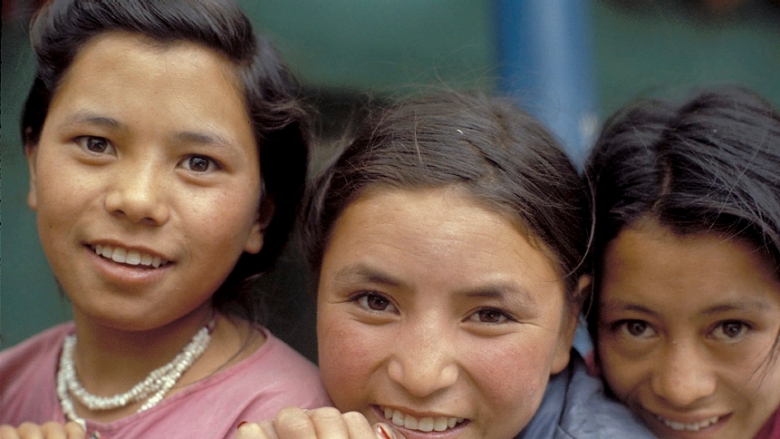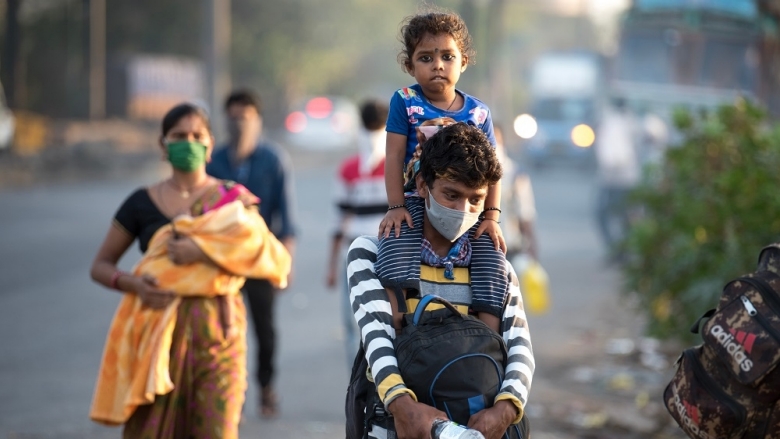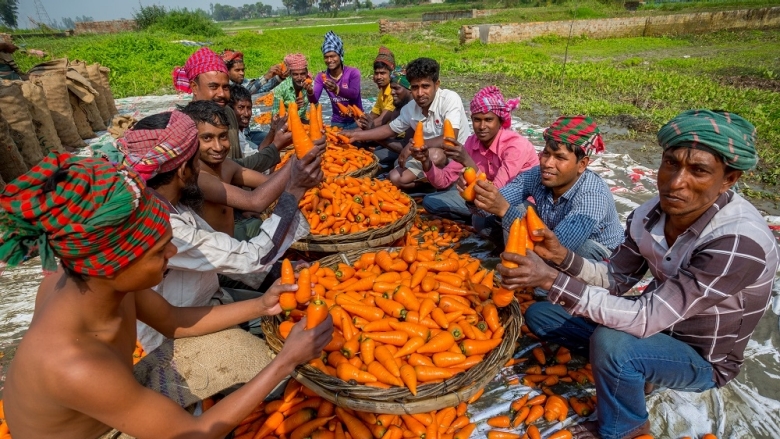The South Asia Region is at a pivotal stage of development. In recent decades, rapid economic growth, and progress across several sectors— including education, infrastructure, health, and agriculture—helped reduce poverty and improve the lives, well-being and opportunities for millions of South Asians. The World Bank has been a long-term partner for the countries of South Asia—in times of prosperity and in times of crisis.
- Since the start of the pandemic in March 2020, the World Bank support for South Asia has reached more than $31 billion.
- The initial focus has been on the health emergency response and protecting the most vulnerable. Going forward, our priority is to pave the way for a green, resilient, and inclusive recovery.
- Nearly $12 billion of the overall $31 billion in World Bank support has been directly channeled for COVID-19 response, helping to save lives, protect the poor and vulnerable, support business growth and job creation, and strengthen policies and institutions.
Accelerating Human Capital to Drive Inclusive Development
- More than 857 million vulnerable people across South Asia directly benefited from $2.73 billion of funding that supported social safety nets. These funds provided social assistance to the poorest families, helped them buy critical medical supplies and food.
- $2.5 billion provided by the World Bank for 15 health projects across South Asia helped establish or equip more than 23,000 hospitals and healthcare centers to provide better care for COVID-19 patients.
- Across South Asia, World Bank provided $4.1 billion for 24 education projects, including support to respond to school disruptions caused by COVID-19, enhance digitization, expanding access for remote learning, and provide needs-based training that is benefitting millions of students and teachers.
- The World Bank has made available more than $1 billion to support vaccine purchase and deployment in six South Asian countries. More than 127 million doses have been purchased and 112 million doses delivered, with nearly 100 million of those already administered.


